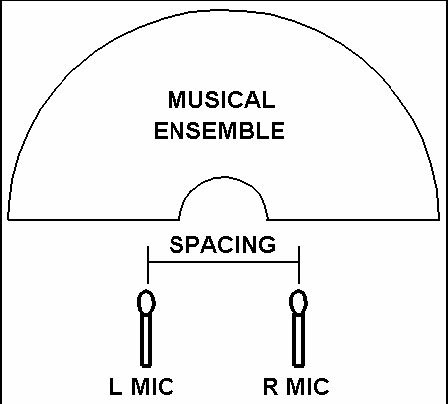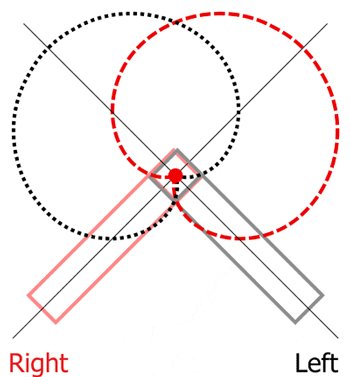First Stepts to recording your Music Pt4
Hi Steemitarians,
I'm back for part 4 of the series, "First Steps to Recording your Music". Let me first say a great big thank you to everyone who has followed, supported and given me feedback on what i have shared so far, i really appreciate it. I love talking audio and will bring much more to you in the future. Also, if you think think these posts are a help to the community please continue to UPVOTE AND PROMOTE so more people can be reached. If you are a musicians or content creator here, there may be a few nuggets here that could change the way you work.
This time i have made a video for this subject to explain things a little better, as it needs good explanations to understand the techniques. So, for today's subject, Setting up your mics for stereo recording. I will put in a few notes and pics first, then you will find the video at the bottom.
Ok lets kick off, there are 3 main stereo techniques i discuss on this video and two others i didn't mention. They are:
the Spaced Pair (also called A/B formation)

The ORTF - from Office de Radiodiffusion Télévision Française

The XY formation

The others not mentioned in the video is called the Mid-side matrix and is too complex for this section and i will cover that another time. And the Blumeline method more commonly used for vocals and is more advanced and complex to set up.
As i explain in the following video, each of these techniques uses spatial spreading and positioning to either expand or tighten the stereo field making the acoustic effect heard by the listener much wider than an instrument being recorded with a simple mic and panned to a certain position in a mix. This can be useful on a live recording you wish to make, or acoustic/unplugged recordings as well. The more you can use your natural environmental space to expand and widen your recordings the more professional and interesting it is for your audience and more enjoyable too.
What really makes Stereo micing effective is the blend of natural acoustic space in your mix (and you can enhance it a bit with effects such as light reverb or delay, but not to the point of changing the color of your natural recording). Stereo micing is designed to really capture the acoustic quality of your environment and the instruments within it, thus minimizing the amount of EQing and manipulating your mix. The other very important issue in stereo micing is the way that the polar fields of the mics work together as you can see in the pic below:
The two cardioid fields blend together to provide a wider acoustic receptive region and provides a wider aural perception for the listener

There is an important little tool that can make a lot of your stereo micing more versatile and easy and this is called a Stereo mic bar, you don't need this too for every stereo spacing set up but for these ones we discuss here its the easiest and best tool for the job. For other techniques you can use one or more mic stands to achieve similar results. Remember, the name of this game is SPATIAL EFFECT. now, sit back and check out the video below as i explain these in more detail.!
thanks for watching and remember to upvote or promote if it helpful, thanks!
Must be so awesome to have a real world skill like making music. I have seen several movies about musicians and it seems like an awesome lifestyle as long as you find an audience for your specific kind of music have fun out there and good luck with your future Posts.
This post received a 4.9% upvote from @randowhale thanks to @rymlen! For more information, click here!
hey my friend , would you like to check one of my projects :
https://steemit.com/music/@davidfar/original-club-music-beat-listen-and-enjoy-it-will-make-you-wanna-dance
I wanna know your idea about it. thanks.
Again a great post. Thanks for putting so much time into these.
Hi Petruska,
Its my pleasure. im looking at a few other things for pt 5, might way a day or two tho. but then next part is coming soon!
Another cool technique is Blumlein.
Where two Bi-directional microphone are one above the other with the two microphone capsules as close together as possible. they tend to be placed one on top of the other vertically.
the two capsules are perpendicular to each other (90 degrees) and the sound source is placed in the mid point of the two microphones.
check out some photos on google for an idea of how to set it up
Hi there,
yes, i mentioned those above but have left them out for this section as they are a little more complex in their fields and for the newbie to organise, the set ups mentioned above are more about expanding the horizontal stereo field for instruments in a recording. The Mid-side and Blumline are based on a central axis point capturing a broader polarity range field from a central point. But yep they are both good to use as well. I will cover those in a later lesson when i get into mixing.
cheers.